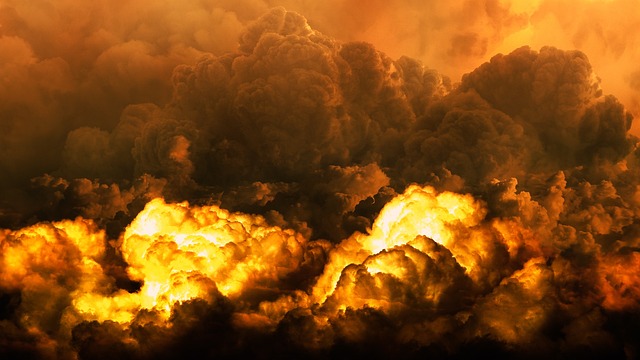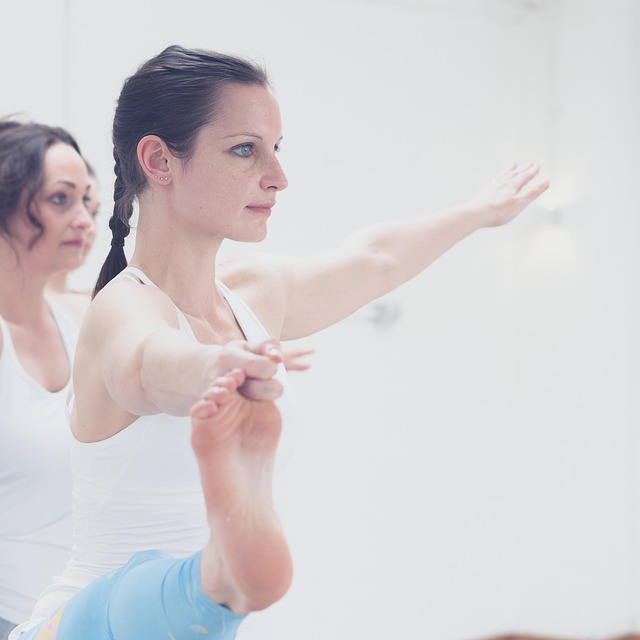When a day reaches its inevitable conclusion, a subtle shift occurs in the quality of light that can feel almost sacred. Photographers have long been drawn to this fleeting interval – the twilight, the golden hour, the first dimming of stars – because it embodies the idea that every moment is finite, that every exposure is a final act. In the realm of exposure, the pursuit of the last light is not merely a technical challenge; it is a philosophical meditation on endings, on how we frame the twilight of our own narratives.
The Art of Waiting for The End
Capturing the last light demands patience. It is a disciplined surrender to the rhythm of the sun, the weather, and the camera’s own mechanical limits. A photographer often waits hours for the exact moment when the sun’s rays begin to fade behind a horizon, when the sky shifts from brilliant orange to a muted lavender. That pause is when the scene transforms: shadows lengthen, colors soften, and the world seems to hold its breath.
- Timing is critical: Understanding the sun’s path and local atmospheric conditions can turn a random observation into a calculated event.
- Equipment readiness: A sturdy tripod, a lens capable of wide apertures, and a camera with low ISO sensitivity are the essential tools for freezing the last light.
- Mindset of anticipation: The photographer’s eyes and heart must align, anticipating the end of daylight while being ready to act at a split second.
The Technical Side of The End
From an optics perspective, the last light is a complex dance of wavelengths. As the sun dips, longer wavelengths (reds and oranges) dominate, while shorter wavelengths (blues and greens) fade. This spectral shift influences the camera sensor’s response, demanding careful exposure management to avoid blown highlights or underexposed details.
“When you’re shooting the final light, you are essentially shooting the edge of the spectrum; you’re on the cusp between the visible and the unseen.” – A seasoned landscape photographer
To navigate this edge, many use a technique called exposure bracketing. By taking several shots at different exposures and merging them in post, the photographer can preserve detail across the full dynamic range that the scene presents.
Composition and the Narrative of The End
Composition during the last light is less about adhering to rigid rules and more about embracing the fluidity of the moment. The horizon line can serve as a metaphor for the boundary between day and night, life and rest. Placing this line strategically can guide the viewer’s eye toward the unfolding narrative of The end.
Key compositional elements include:
- The Rule of Thirds: Even in twilight, placing focal points along imaginary thirds can balance the composition.
- Leading Lines: Roads, rivers, or architectural elements that lead the viewer’s gaze toward the horizon can amplify the sense of finality.
- Silhouettes: As light diminishes, subjects often become silhouettes. These stark contrasts are powerful tools for emphasizing the transition.
Post-Processing: Honoring The End
In the digital age, the post-processing stage is where the narrative of The end can be further refined. Adjusting contrast, sharpening, and color grading can accentuate the mood of twilight. However, the goal is to preserve authenticity: the subtle gradations of color, the fine details of the fading light, and the atmosphere that surrounds the scene.
Common adjustments include:
- Curves: Fine-tuning the tonal range to ensure that highlights are not blown while maintaining depth.
- Color Balance: Shifting hues toward cooler tones can evoke a sense of calm as night approaches.
- Noise Management: Low ISO settings during the last light minimize noise, preserving clarity in the shadows.
Philosophical Reflections on The End
Beyond the technicalities, capturing the last light is a meditative practice. It forces the photographer to confront the impermanence of scenes, of time itself. The end of a day is a reminder that all moments, like all photographs, are finite. The act of recording that final glow becomes a way to hold onto a fragment of time, an attempt to immortalize The end in a static frame.
In a broader sense, photographers often use these images to comment on broader human themes: the cycle of life, the inevitability of change, or the quiet dignity that can be found in endings. Each photograph, therefore, becomes a quiet ode to the inevitable: the light fading, the shadows lengthening, the world pausing before darkness takes over.
Learning from Masters of The End
Several iconic photographers have dedicated their work to capturing the elusive twilight. Their approaches can offer guidance to those seeking to master the art of The end:
- Henri Cartier-Bresson: Known for his “decisive moment,” he often waited for the soft light of evening to capture candid shots that were both spontaneous and luminous.
- Garry Winogrand: Embraced the dynamic environment of the last light, using his high-speed camera to freeze fleeting street scenes as day turned to night.
- Annie Leibovitz: In portrait settings, she has used the soft, diffused glow of late afternoon to add an ethereal quality to her subjects, highlighting the gentle transition between daylight and twilight.
Practical Tips for the Aspiring Photographer
For those new to this practice, here are actionable steps to begin capturing the last light effectively:
- Plan ahead: Use sunrise/sunset calculators to know precisely when The end will occur.
- Set your camera to manual mode: Gain full control over aperture, shutter speed, and ISO.
- Test exposures: Shoot a test frame at different settings to understand the dynamic range.
- Keep the scene simple: Avoid clutter that can distract from the mood of twilight.
- Practice safety: Be mindful of changing light and potential hazards when shooting in the dusk hours.
Conclusion: Embracing the Final Glow
The pursuit of the last light is an exploration that intertwines technical skill, compositional understanding, and philosophical reflection. Every time a photographer positions their lens to capture The end, they are engaging with a universal truth: that light, like life, is transient. By mastering exposure during these golden moments, one can create images that not only depict a beautiful scene but also encapsulate the deeper human experience of endings. In the stillness before night, the camera becomes a witness to the quiet drama of The end, preserving it for all who view the photograph and inviting them to pause, reflect, and perhaps, find peace in the fleeting nature of light.



